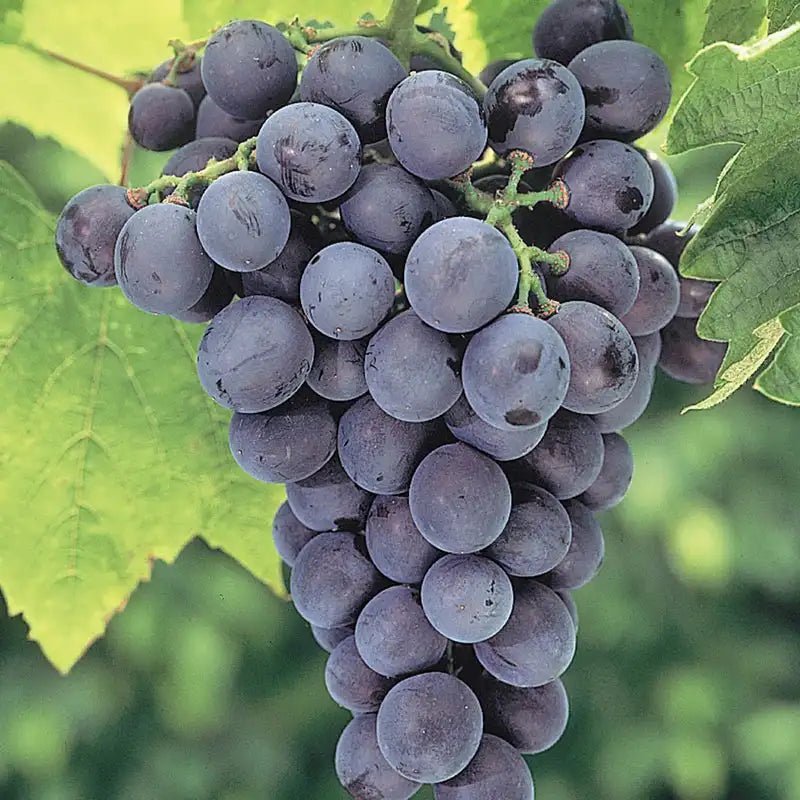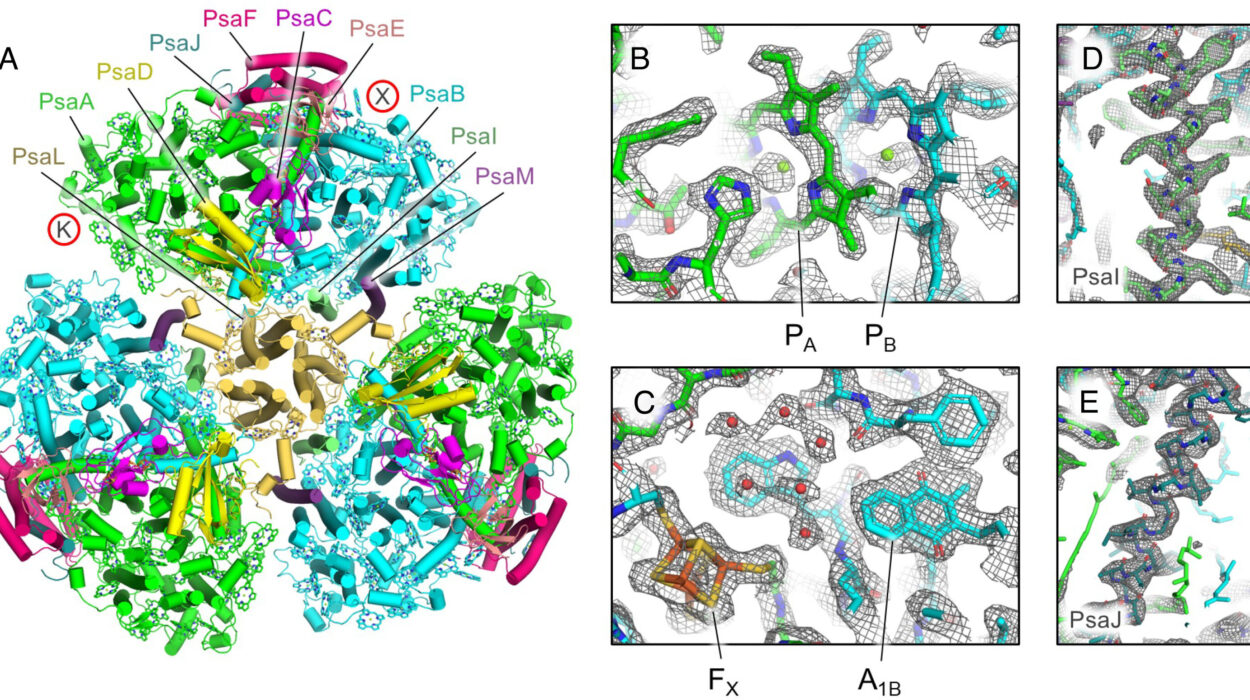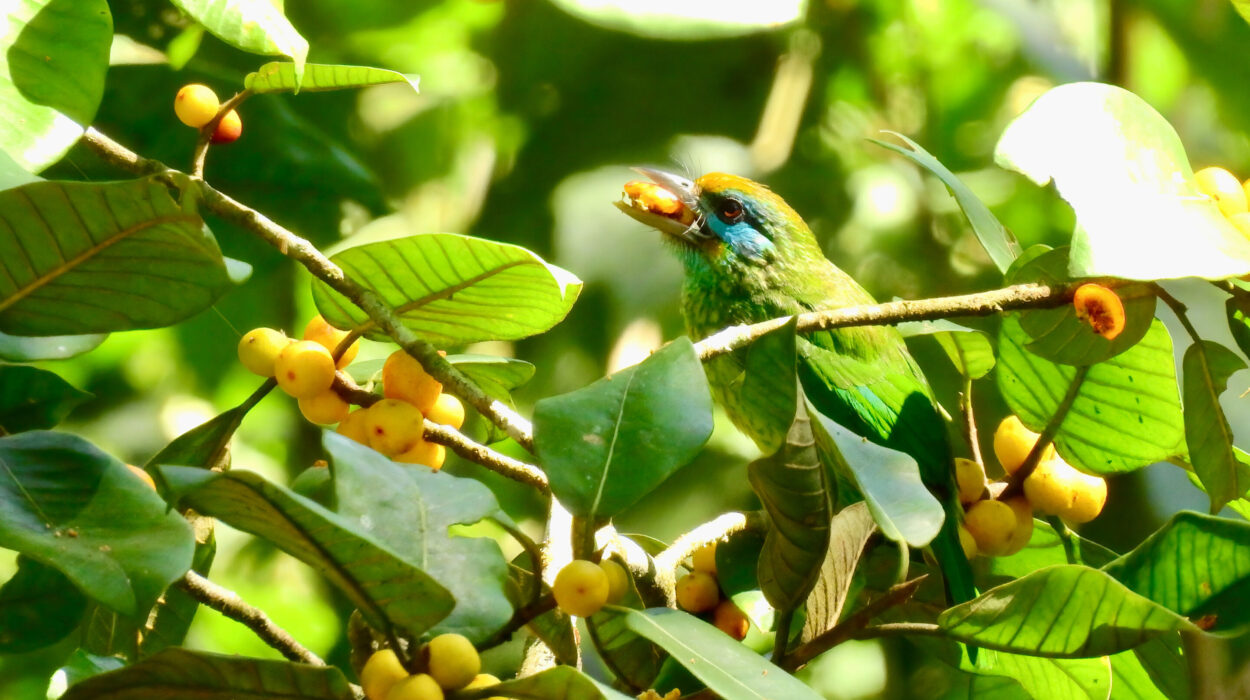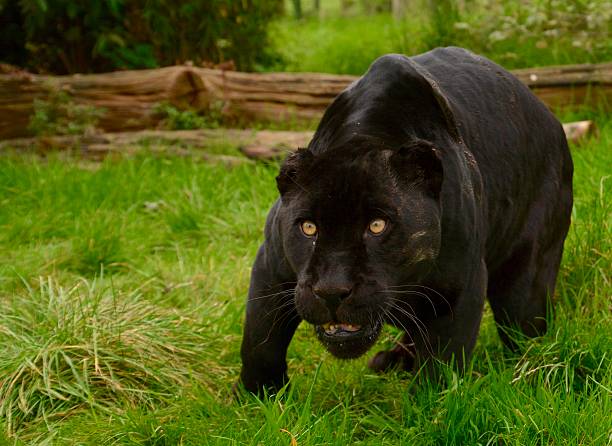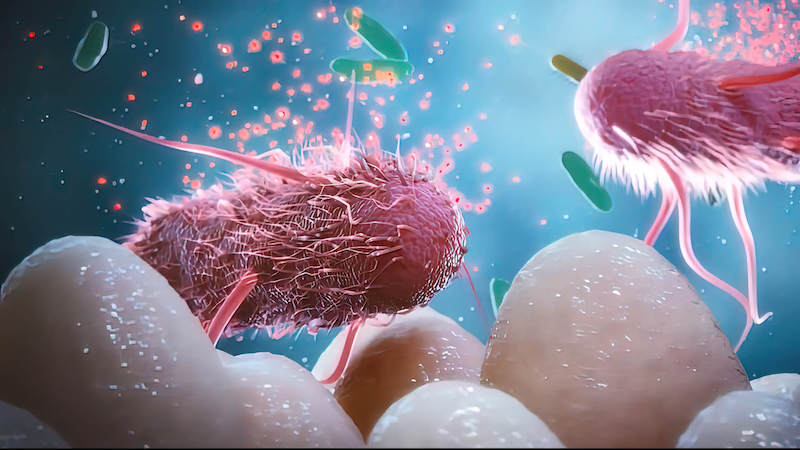When you think about the many jobs dogs excel at, your mind might wander to guide dogs, search-and-rescue heroes, or even police K9 units. But deep in the sun-dappled rows of vineyards, there’s a new role where a dog’s nose is proving to be an invaluable asset—sniffing out sick grapevines long before human eyes can spot the problem. The culprit? A sneaky, contagious fungus called powdery mildew. And the solution? A surprising combination of canine super-senses and cutting-edge chemistry.
At the intersection of biology and technology, a team of researchers from Texas Tech University is digging deeper into how dogs can detect powdery mildew on grapevines simply by smell—and more importantly, what exactly they’re smelling. Their work has the potential to revolutionize how vineyards manage disease, protect their crops, and yes, ensure that future wine drinkers have plenty to toast to.
The Hidden Threat Lurking in Vineyards
Powdery mildew is no small foe. It’s one of the most destructive and easily spread diseases that can plague grapevines. This powdery, gray-white fungus clings to the leaves of vines, slowly draining the life from them. It stunts growth, damages grape production, and can ruin entire crops if not caught in time.
“Powdery mildew is one of the most contagious diseases that affects grapevine plants,” explains Nayelly Rangel, a graduate researcher at Texas Tech. “It reduces plant growth and compromises the quality of the grapes.” And since the health of grapevines is directly tied to the quality of the wine they produce, vineyards have a lot at stake in this fungal fight.
Currently, the main method to spot powdery mildew is entirely visual—farmers and workers must manually inspect vines for telltale signs of infection: dusty gray patches on leaves and grapes. But by the time the mildew is visible, the infection is already well underway, and spores may have spread to neighboring plants. What if you could catch it earlier—before it has a chance to wreak havoc?
Enter Man’s Best Friend (and Science’s Best Assistant)
Past studies hinted that dogs might be the answer. Their keen sense of smell allows them to detect odors at concentrations as low as parts per trillion. To put that in perspective, a dog could detect a single drop of liquid in 20 Olympic-sized swimming pools. In other words, their noses can sense what our eyes (and even our most advanced machines) often can’t.
Dogs had already been trained to sniff out powdery mildew infections on grapevines with impressive accuracy, but the science behind their success remained a mystery. What molecules were they smelling? Did the odor of infected grape leaves change as the disease progressed? And could identifying those molecules help improve detection, especially in the crucial early stages of infection?
That’s exactly what Paola Prada-Tiedemann, a professor of forensic science at Texas Tech University, and her team set out to uncover. “Our four-legged friends don’t talk, so we’re trying to understand what they are encountering when they’re sniffing,” Prada-Tiedemann says.
Cracking the Code of Vineyard Scents
The Texas Tech team’s first challenge was capturing the very smells that the dogs were detecting in the vineyard. But how do you bottle a scent that exists in just the tiniest wisp of air above a grape leaf? Their solution was both elegant and practical.
They placed a single grape leaf inside a sealed vial and inserted a thin, absorbent fiber known as a Solid Phase Microextraction (SPME) fiber. This fiber essentially acts like a sponge for volatile organic compounds, or VOCs—the chemical signals plants release into the air. Once enough of these molecules collected on the fiber, the researchers transferred it into a gas chromatograph-mass spectrometer, a high-tech machine that breaks down and identifies the individual compounds present in a sample.
The result? A detailed chemical fingerprint of the scents rising from the grape leaf.
“Our approach is unique because we’re testing the exact location where a canine sniffs the grape leaf,” says Rangel. “So, we’re analyzing the same airspace in both scenarios, whether we’re in the chemistry lab or the canine lab.”
Early Discoveries: Healthy vs. Sick
The team’s initial results revealed some fascinating insights. Healthy grape leaves emitted a different blend of VOCs compared to those infected with powdery mildew. Specifically, healthy leaves tended to release more acidic compounds, and the amount of these odors decreased over time as the leaf matured.
By contrast, leaves infected with powdery mildew released a much greater variety and quantity of VOCs, particularly as the infection worsened. The sicker the leaf, the stronger and more complex the cocktail of odors. In essence, the infection triggered the plant to produce a different scent profile—one that dogs are able to detect even before the mildew becomes visible to the naked eye.
These findings are a major step forward in understanding the invisible battle happening on grape leaves and how dogs can sense the earliest signs of disease.
What’s Next: Unlocking the Canine Nose
The research is far from over. The next phase involves isolating specific VOCs that seem to be key indicators of powdery mildew infection. Once they identify these molecules, the team will expose their canine collaborators to each one individually to gauge which compounds elicit the strongest responses.
This process is a bit like creating a perfume for dogs—figuring out which “notes” in the fragrance make their noses perk up and their training kick in. By zeroing in on the most important scent molecules, trainers can help dogs become even more accurate and sensitive detectors of mildew.
Prada-Tiedemann and her team hope that understanding the specific chemistry involved will lead to more effective training methods and possibly even the development of electronic sensors or “e-noses” in the future. But for now, dogs remain the gold standard in early mildew detection.
“The ultimate goal is to move away from the visual diagnosis of mildew to odor diagnosis as the gold standard,” Prada-Tiedemann says. “Even when we can’t see it ourselves, the dog sitting next to a plant can tell you with their nose, ‘Uh oh, that vine’s starting to go.’”
Why This Matters (Hint: It’s Not Just About the Wine)
You don’t need to be a sommelier to appreciate why this research matters. Powdery mildew doesn’t just hurt grapes—it hurts farmers, wineries, and entire agricultural economies that depend on healthy vineyards. The earlier the infection is found, the better chance growers have to stop it before it spreads.
And then there’s the environmental angle. Many vineyards rely on fungicides to control mildew outbreaks. If growers can detect infections earlier, they can reduce their chemical use, targeting treatments only where they’re needed. That’s better for the environment, better for the health of vineyard workers, and better for consumers who are increasingly concerned about sustainability and pesticide residues in their food and wine.
The Future of Sniffing Science
This study is part of a growing field that Prada-Tiedemann calls “bridging the canine to chemistry.” It’s an area where dogs and science work hand in paw, offering solutions to complex problems ranging from detecting explosives to diagnosing diseases—and now, saving grapevines.
“We all want good wine,” Prada-Tiedemann jokes. But beneath the humor is a serious goal: protecting crops in smarter, more sustainable ways. With a little help from their canine companions, these scientists are proving that sometimes, the nose does know best.
So next time you enjoy a glass of your favorite vintage, take a moment to toast the dogs (and their human partners) who are working behind the scenes to make sure every sip is as perfect as it should be.
